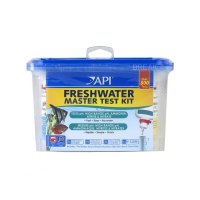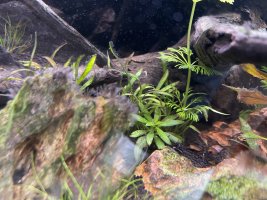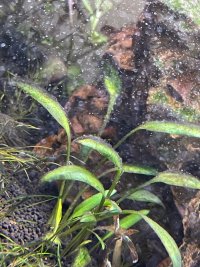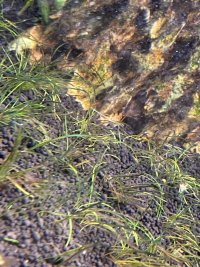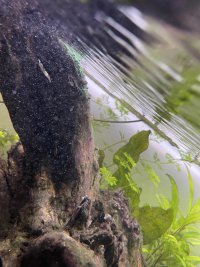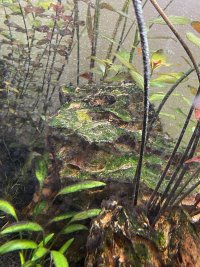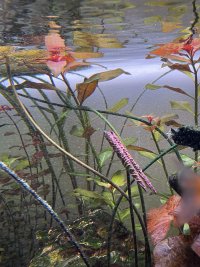I think the most important “test kit” is our eyes and common sense. If plants and fish are thriving we know we are on the right track, if not we have to investigate and correct. If I would see my fish showing signs of illness my first reaction would be to test for ammonia and nitrite. Just as I would take my temperature if I felt I had a fever...and wont if I feel fine... fairly straightforward.
NO3 and PO4 - those are fertilizers.. I don't test for NO3 and PO4 on a regular basis. I know I pummel my tanks with NPK as part of my dosing so why even bother? And, in my experience, there is absolutely nothing that suggest that high levels of NO3 (or PO4) is a problem for livestock (including shrimps or snails). I did test recently just to see as I was changing my NPK dosing to DIY - and here are the result:

You can call it off-the-chart-blue and rage-red
🙂 joking aside, my PO4 is probably around 30-40 ppm and my NO3 around 30 ppm (and still "Shrimp safe")... fairly consistent with my dosing. I've had these levels for a long time and livestock and plants seems fine with this. That said, I wont go higher than this - no need to.
GH (which is predominantly made up of Calcium and Magnesium): I try to keep a balance between the fishes natural habitats and the need of the plants and inverts (shrimps need Ca). So I am aiming for 5.5 GH which should provide plenty of Ca:Mg for plants as well. I may be wasting my time targeting a low GH, but as long as I don’t inflict any Ca:Mg deficiencies, it should be fine. My fish (mostly tetras) seems to be happy in the moderately soft water. And since I know what amount of Ca and Mg I am putting into my WC water I really have no reason to test this either, but still do so occasionally.
KH: I basically just rely on the KH that I get from my Tap/RO mix. After WC it usually sits around 2 KH. I really don’t know what the significance of KH is in the planted aquarium (or otherwise...), except that it act as a buffer against pH spikes - but why would I ever have that as long as I do my weekly WC and general maintenance? - another thing I have been taught not to worry about
🙂 Also, the CO2-injection crowd are intentionally inducing big pH swings every day when they switch on their CO2 - another clue to me that I shouldn’t worry. I essentially stopped testing KH.
pH (combined with KH) used to be the culprit for all my troubles. I used to be caught up in aiming at a specific pH level…driven by a barrage of misconceptions…a total waste of time and money on acid and alkaline buffers that was turning my tanks into a soup of abrasive chemicals and almost ruined my tanks quite frankly. My pH is currently anywhere from 6.6 to 7.4…. Fish or plants do not seem to care… and as long as they don’t, I shouldn’t either so I rarely test pH.
TDS: If I had to choose only one measurement device it would be a good quality TDS meter. I measure TDS before and after WC, to make sure everything is good. For instance, an unanticipated rise in TDS is a good indication that my maintenance is insufficient. (happened in the past). I know what I am putting into the tanks by adding up all the ppm’s from NPK, trace and remineralization, and my TDS comes out fairly close to that number.
@Nathanh2150,
I've only used a couple of different brands of Kits (JBL and API). The liquid API kits seems fine to have in the arsenal to give you that occasional ballpark bearing, and Hanna Instruments TDS meters seems fairly good and consistent in my experience.
Cheers,
Michael


